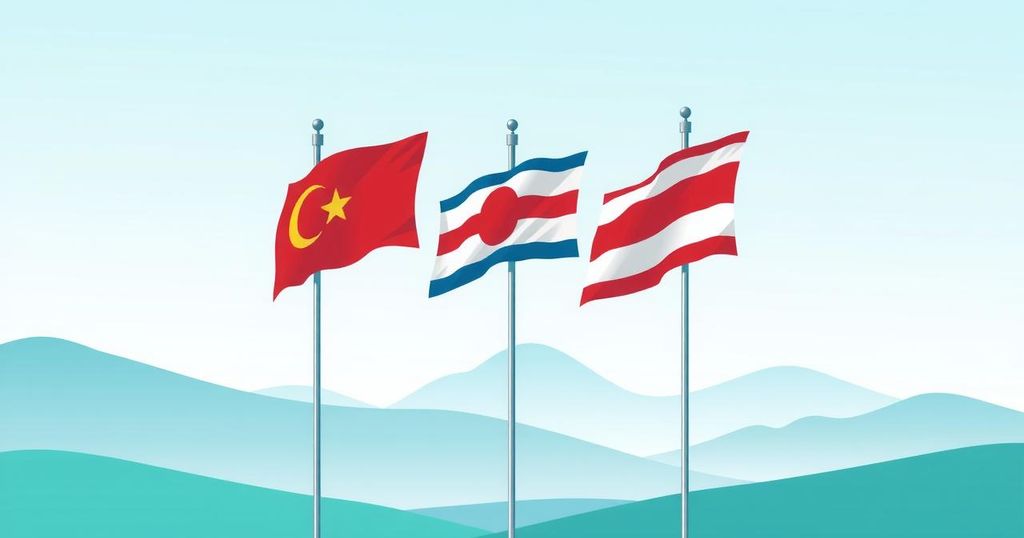Brazil is currently experiencing dry conditions affecting the safrinha corn crop. While some rain is forecasted for late March, expected amounts are below normal and insufficient for recovery. Drought conditions persist, particularly outside Mato Grosso, impacting soil moisture crucial for crop development. Overestimated predictive rainfall models further complicate the situation for farmers, threatening the integrity of the corn crop.
In recent weeks, Brazil has experienced concerning dry conditions, particularly affecting the second-season corn crop (safrinha). Although the soybean harvest is concluding, corn producers in various regions depend on regular wet-season rainfall throughout March to enhance soil moisture. Unfortunately, forecasts indicate a disappointing rainfall pattern across critical states, exacerbating moisture deficits crucial for safrinha corn development.
Currently, DTN reveals that Brazil’s agricultural regions face 30-, 60-, and 90-day precipitation deficits, with a significant drought impacting eastern areas where rainfall is as low as 20% of normal. The state of Mato Grosso, the primary producer of safrinha corn, remains closer to seasonal averages, yet surrounding states continue to struggle with inadequate moisture essential for crop success.
Looking ahead, the wet season, extending to early May, could help mitigate some deficits; nevertheless, it is unlikely to suffice for complete recovery in drought-affected states. Moreover, critical pollination for corn occurs in mid to late April, coinciding with a natural decrease in wet-season precipitation, thereby increasing risks for crop viability.
Recent satellite data from NOAA and NASA indicates worsening drought conditions across most growing regions, specifically outside Mato Grosso. A potential reprieve is forecasted as a stalled front is expected to yield scattered showers ranging from 1 to 3 inches through the end of March, though these amounts may still fall short of the necessary levels for impactful soil moisture enhancement.
Importantly, models predicting rainfall along this front have consistently overestimated actual amounts, showing that many areas received less than anticipated, further complicating producer expectations. Continued inaccuracy in rainfall forecasting could exacerbate challenges for Brazilian farmers, ultimately threatening the integrity of the safrinha crop.
In summary, Brazil is facing significant dry conditions that jeopardize the safrinha corn crop. While some rain is forecasted for late March, the amounts remain below average and insufficient to recover from current moisture deficits. This issue is compounded by overestimation of rainfall by predictive models, resulting in continued challenges for local producers. Without adequate subsoil moisture, the success of the upcoming corn crop remains uncertain.
Original Source: www.dtnpf.com




